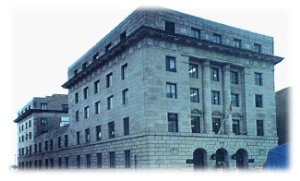 | |
|
A Chapter 13 bankruptcy is a repayment plan. This bankruptcy is generally for debtors who are in danger of foreclosure or debtors who are in a higher income bracket. In this bankruptcy the debtor most often repays a percentage of his unsecured debt and pays the total arrearage owed on a mortgage or other secured debt over a period of time. As with a Chapter 7, a debtor’s credit score will most often rise after he receives a discharge, not go down. A Chapter 12 is similar to a Chapter 13, but it is only for family farmers and family fishermen. We also have substantial experience representing businesses in reorganizations in Chapter 11. Chapter 11 is generally for larger businesses seeking to hold creditors at bay in order to allow the business to build back into a strong financial footing. For more in depth summaries of the four types of bankruptcies, and the bankruptcy code generally, feel free to link to the following websites. The first is the United States Trustee’s website. The United States Trustee program is the component of the Department of Justice responsible for overseeing the administration of bankruptcy cases for the government. The second website provides access to the Bankruptcy Information Sheet all debtors should review prior to filing bankruptcy. General Trustee website Bankruptcy Information Sheet (pdf) 1 | 2 | 3 | |
 | |
